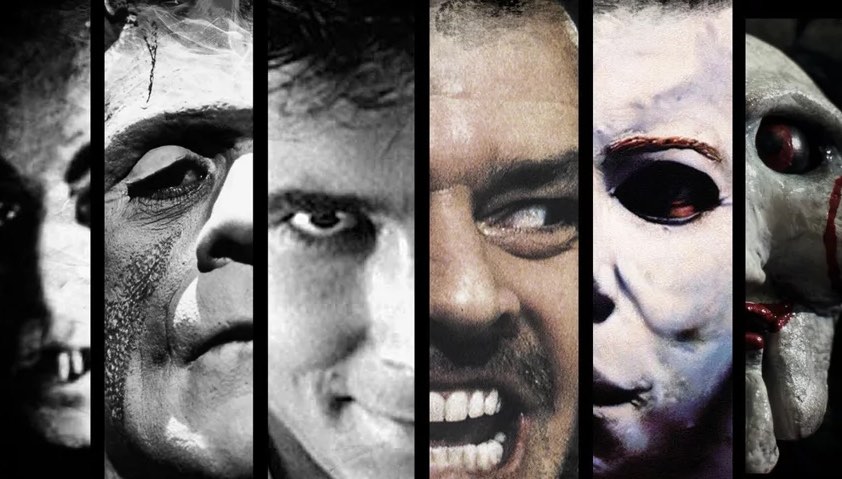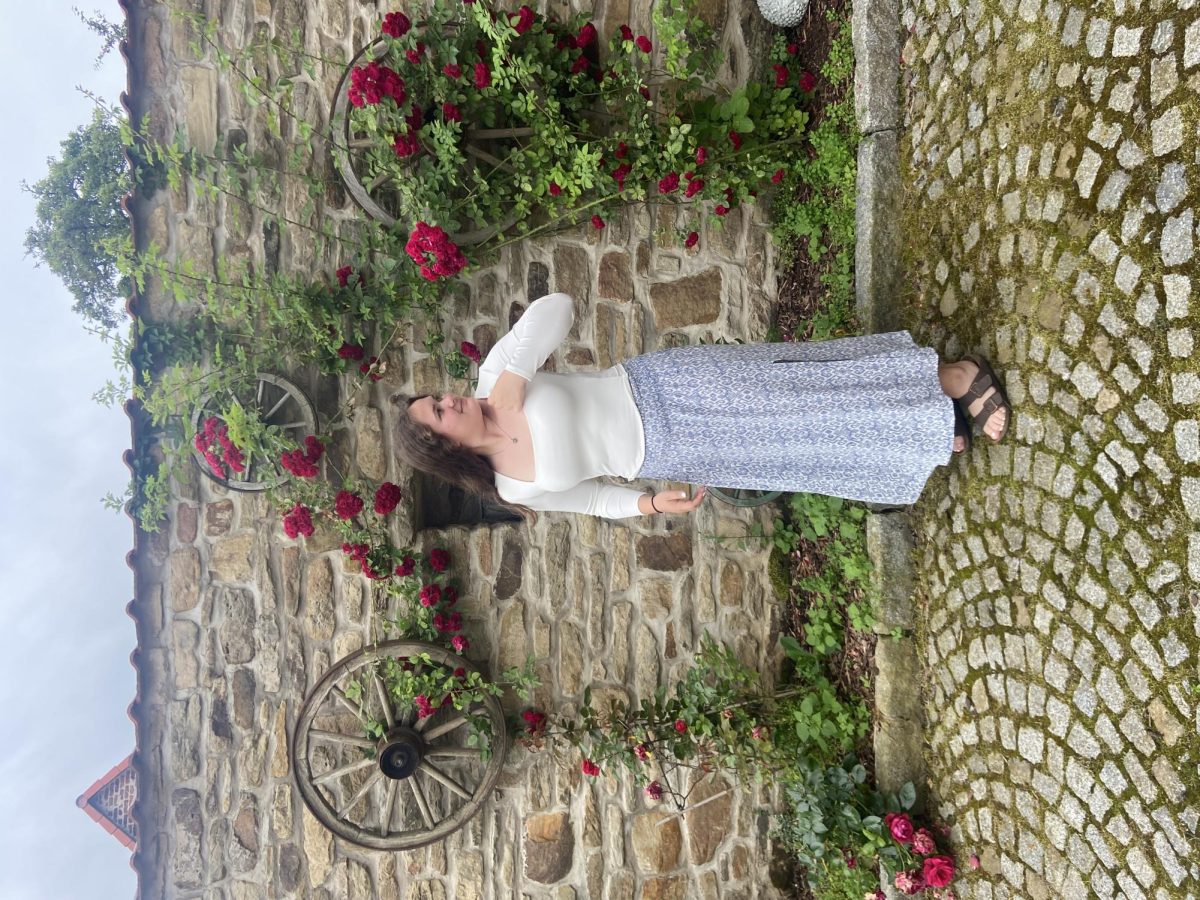A Brief History of Horror Movies
From left to right: public domain, Universal Studios, Universal Studios, Warner Brothers, Compass Pictures, Lions Gate Entertainment
January 18, 2022
Since the beginning of cinema, there have been horror movies. For over a hundred years horror movies have been used to reflect the fears of our society on the silver screen. In 1896, Georges Melies released what is now commonly accepted as the first horror movie. Entitled The House of the Devil, the film is about the demon Mephistopheles conjuring demons which harass two men who enter his castle. The film ends with Mephistopheles defeated after being presented with a crucifix. The House of the Devil and films like it would introduce common horror themes still felt today like death, the occult, and religion.
The early Nineteen tens marked a critical shift in horror movies. The films moved from being made to entertain to being made to scare. Earlier horror films were often comedies with horror elements but that would change with the beginning of the psychological horror genre. Movies like The Cabinet of Dr. Caligari would unsettle audiences with it’s disturbing plot, unnatural architecture, and intense visuals. The success of The Cabinet of Dr. Caligari would prove that horror movies could be critically and commercially successful and led to the creation of films like Faust and Nosferatu which forever changed the way in which we viewed vampires.
After the success of Psychological horror in Europe, horror became more popular in the U.S. This period of time is known as the golden age of horror, and was led in part by Universal Horror and the gothic horror genre as a whole. Starting in 1931 Universal Pictures would release Dracula and Frankenstein. Since the 1920’s movies had gained audio, and Universal used it to release a slew of incredibly successful horror movies like The Mummy, The Invisible Man, The Phantom of the Opera, and The Wolf Man. Throughout the 30’s and 40’s Universal pictures set the stage for modern horror movies and introduced characters that have now become ubiquitous with the word horror itself and have cemented themselves in pop culture.
Nothing lasts forever however, and by the 50’s monster movies had overstayed their welcome. The next big change was started by a producer named Val Lewton. In the 1940s Lewton would begin his career at RKO studios where he was tasked to make horror movies on a tight budget. He was given creative control over these movies with the exception being the name of the movies given to him by his executives. Because of his shoestring budget Lewton could not afford to make something like a monster movie, instead scaring audiences through his use of mood, tone, and suspense. His work led to a shift from gothic horror to a more modern view of horror in everyday settings.
The sixties saw the rise of low budget horror movies. Released in 1968, Night of the Living Dead revolutionized zombies and the low budget picture. Night of the Living Dead tells the story of a group of 7 pennsylvanians trapped in a farmhouse that is being attacked by a growing horde of flesh eating zombies. The film introduced the concept of zombies eating human flesh which forever changed how zombies would be depicted in pop culture. In addition to redefining the zombie, Night of the Living Dead proved that there was money to be made in low budget horror. The film had a budget of around 115,000 dollars and went on to gross 30 million at the box office. The success of Night of the Living Dead led to the rise in low budget horror movies like The Evil Dead and Friday the 13th. Director of The Thing and Halloween John Carpenter once said “One movie that showed me it was possible to make a low-budget horror movie was Night of the Living Dead. When I saw that, I was like, ‘Wow, that’s really effective, but it’s obviously low budget.’ They didn’t have any money but they actually made something cool. That was inspirational to me when I was in film school.”
Also in the sixties studios in Europe like Hammer had begun to revitalize the gothic horror genre that was popular in the 30’s. Unlike the gothic films of the 30’s, Hammer’s films used tremendous amounts of sex and violence in their movies. Hammer studios success influenced the genre by introducing sex, violence, and gore into mainstream horror. This opened the door to movies like Peeping Tom and Psycho being made and the beginning of the slasher genre as a whole.
Slasher movies changed horror movies by removing some of the supernatural and religious elements and replacing them with real life terrors. Films like peeping tom and psycho in 1960 would depict ordinary people being turned into serial killers. The genre would explode in the 1970’s with the release of The Texas Chainsaw Massacre and Halloween. These films would go on to help create modern day horror icons like Michael Meyers, Jason Vorheese, and Freddy Krueger. The slasher genre also pioneered franchises in horror, with films like Friday the 13th getting endless sequels with little regard for their quality. By the 90’s the slasher genre had been done to the point of self parody. Films like Scream began to be released, which pointed out the flaws in their own genre and had a smart attitude towards Horror Tropes.
The late 90’s saw the release of the Blair Witch Project. The film was revolutionary as it was the first movie to use the found footage style of filmmaking. The movie was made on an extremely low budget of 300,000 dollars and went on to become one of the most popular horror movies of all time. The Blair Witch Project would go on to spawn the found footage genre, which would go on to dominate the 2000’s, along with beginning of horror remakes of movies like Halloween and A Nightmare on Elm Street.
Since the 2010’s Horror has been a diverse genre. The popularity of found footage films have waned and led to a large variety of horror movies. The Horror movies of today take aspects of all of the popular horror tropes from throughout the years and the genre is more diverse today than ever. Films like Halloween Kills show that viewers still enjoy watching the appearances of horror icons like Micheal Meyers, but movies like Get Out prove fans are hungry for something new. While the direction the genre is going in may be unclear one thing is for sure; it’s not leaving anytime soon.

